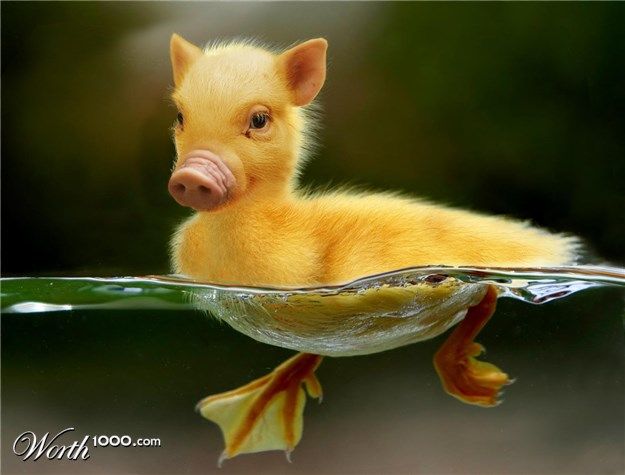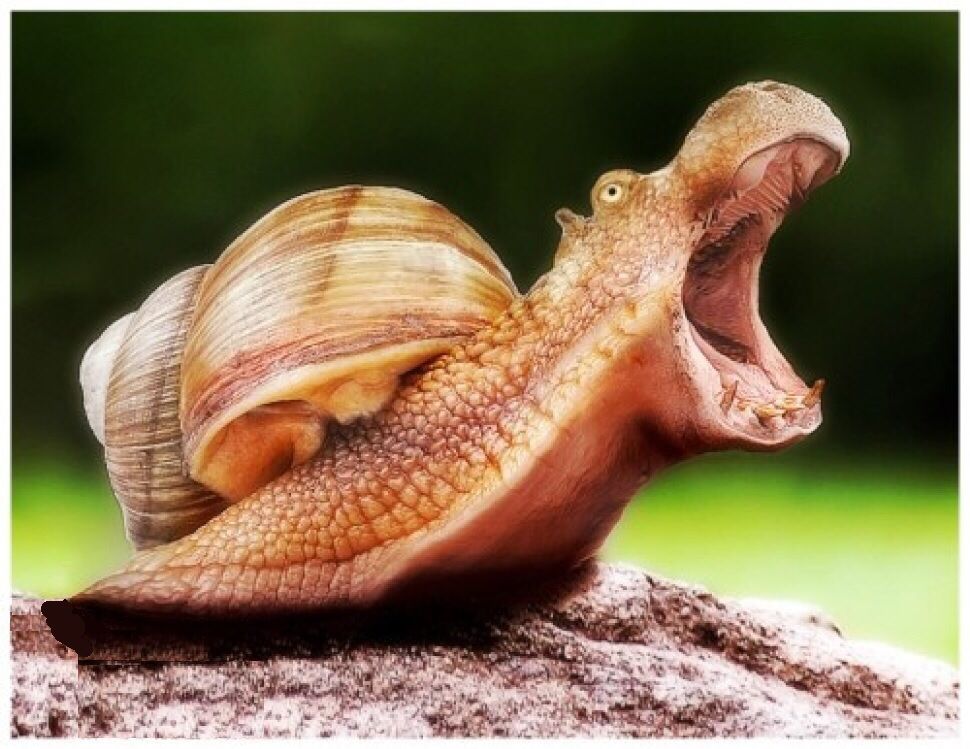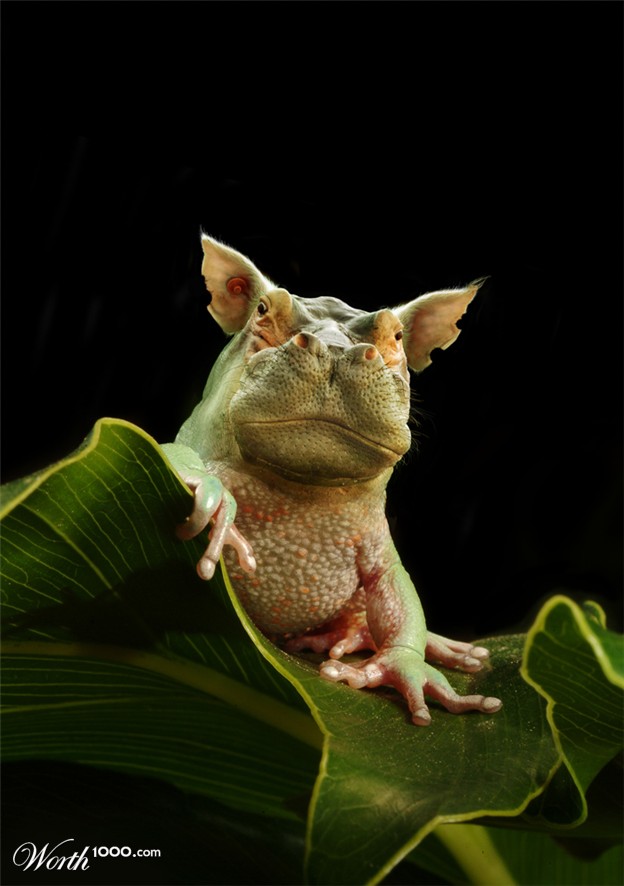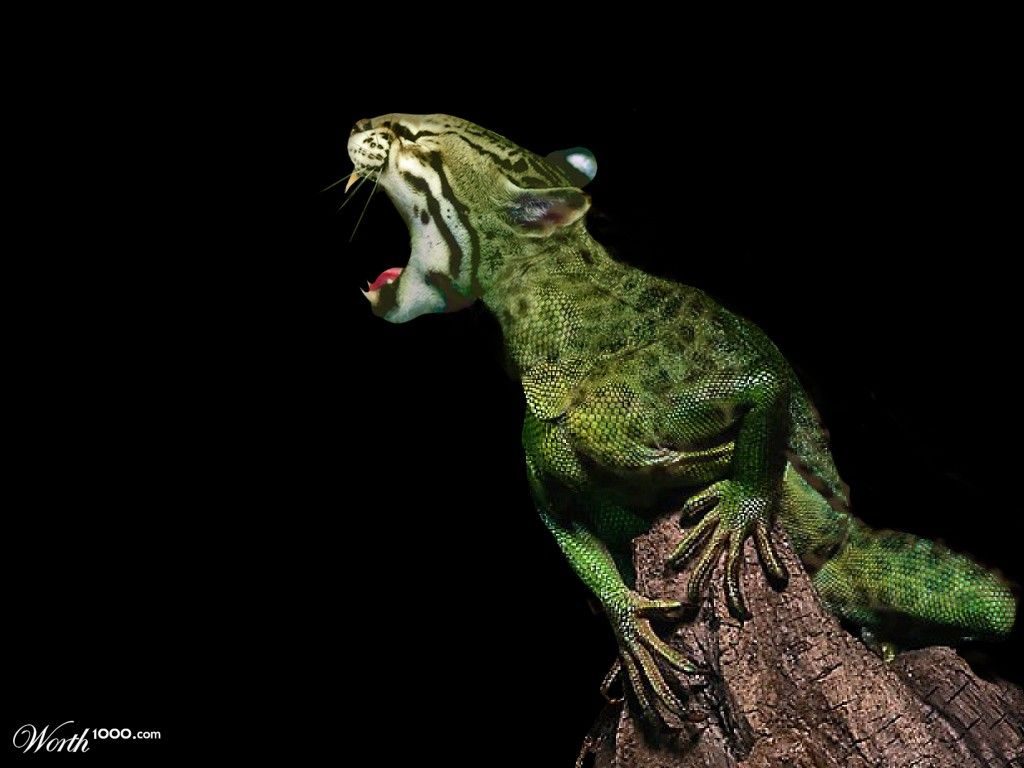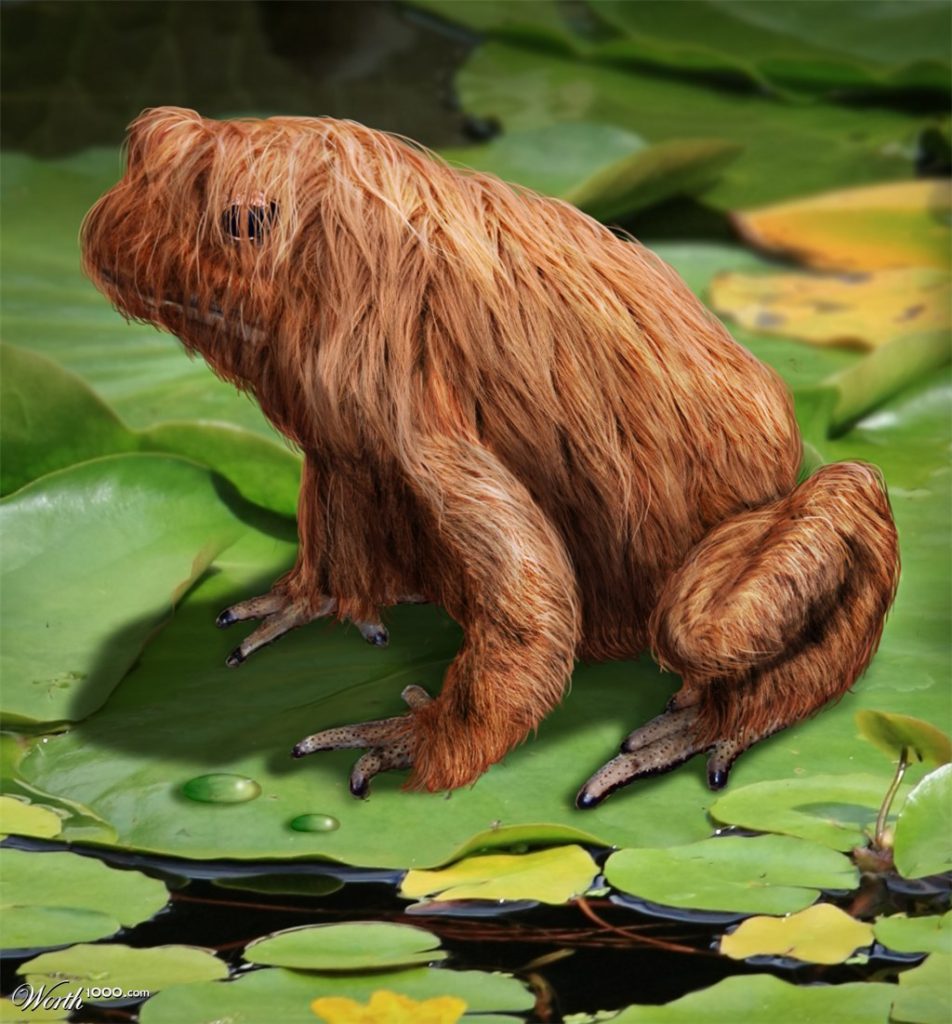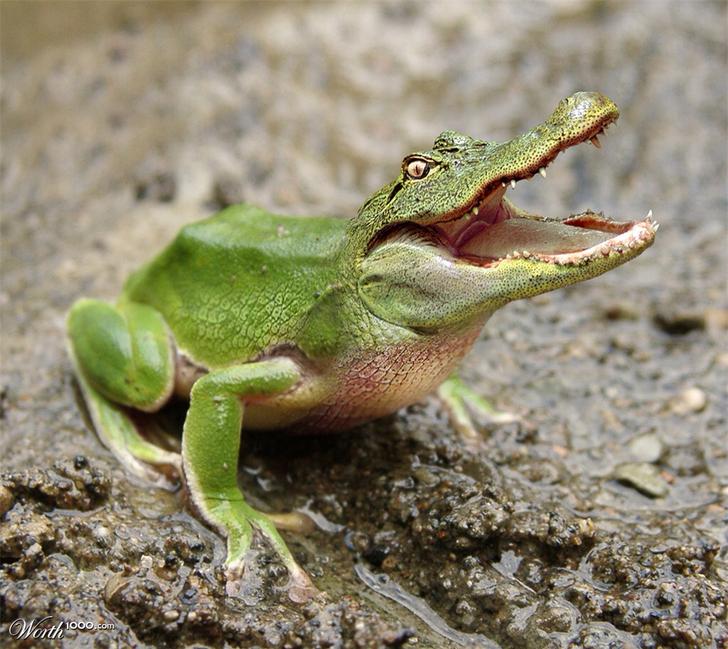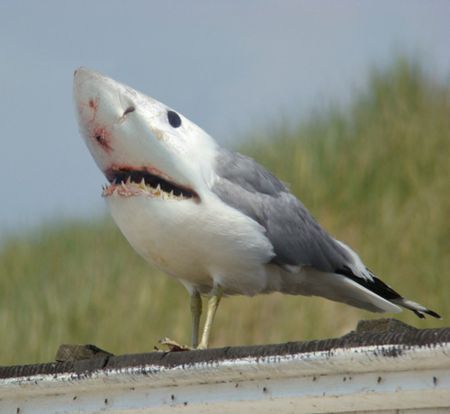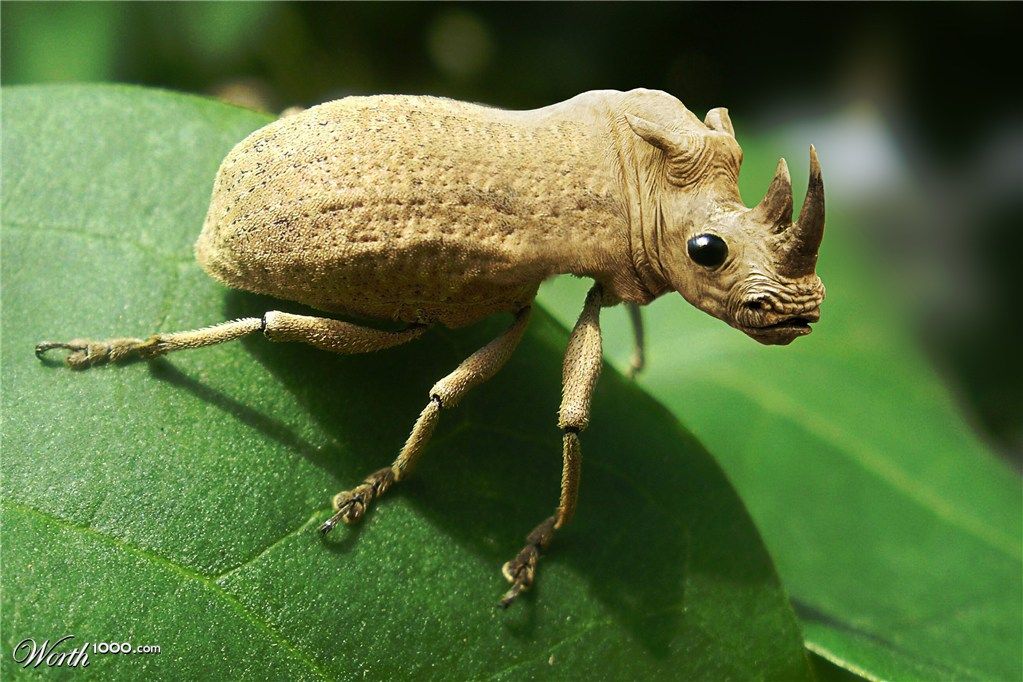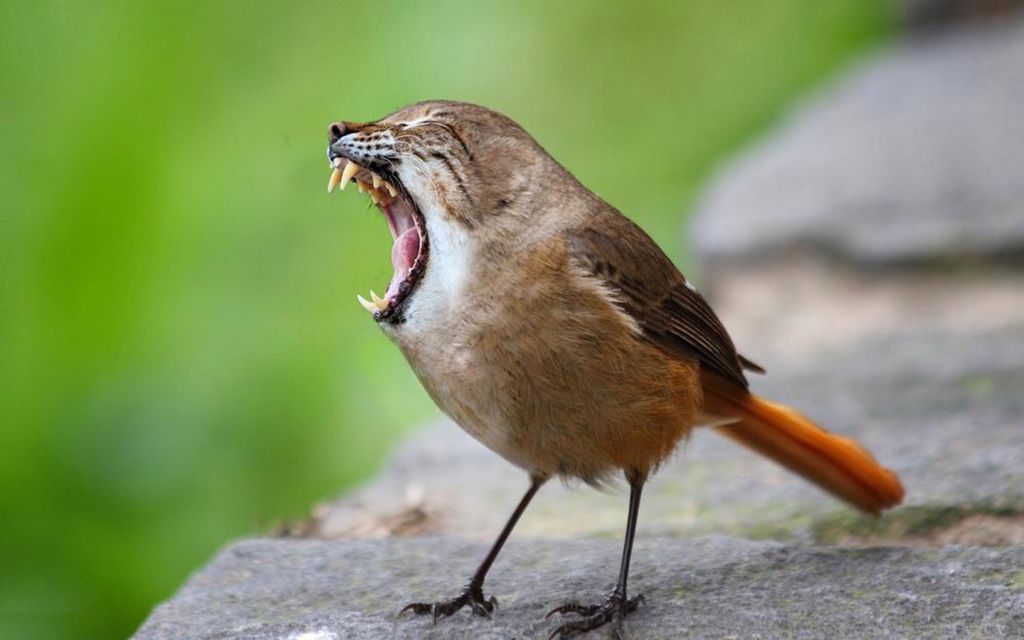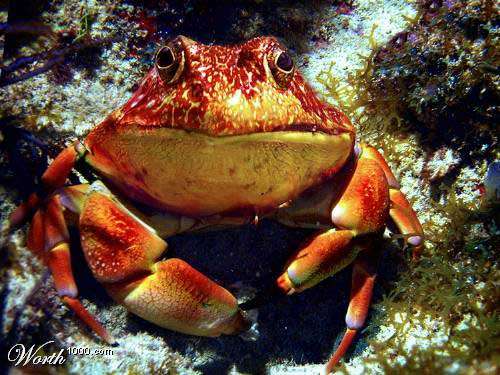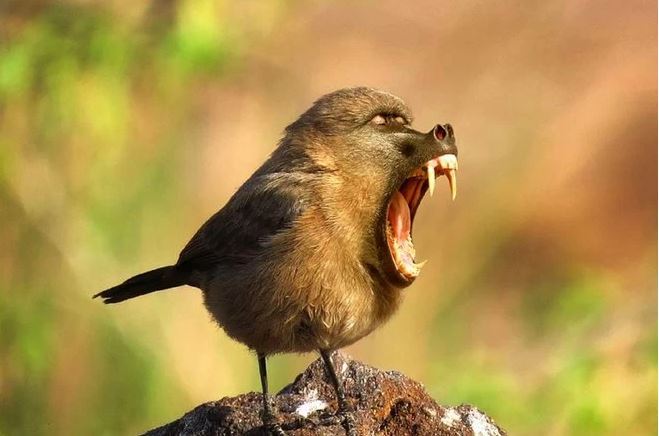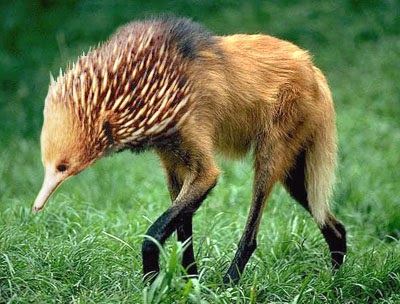Project Goal:
Create an edited image combining 3 or more animals in PIXLR.
Speculative evolution, also known as speculative biology and referred to as speculative zoology in regards to hypothetical animals, is a genre of speculative fiction and an artistic movement, focused on hypothetical scenarios in the evolution of life, and a significant form of fictional biology. Works incorporating speculative evolution may have entirely conceptual species that evolve on a planet other than Earth, or they may be an alternate history focused on an alternate evolution of terrestrial life. With a strong connection to and basis in science, particularly biology, speculative evolution is often considered hard science fiction.
The modern speculative evolution movement is generally agreed to have begun with the publication of Dougal Dixon‘s 1981 book After Man, which explored a fully realized future Earth with a complete ecosystem of over a hundred hypothetical animals. The success of After Man spawned several “sequels” by Dixon, focusing on different alternate and future scenarios. Dixon’s work, like most similar works that came after them, were created with real biological principles in mind and were aimed at exploring real life processes, such as evolution and climate change, through the use of fictional examples.

